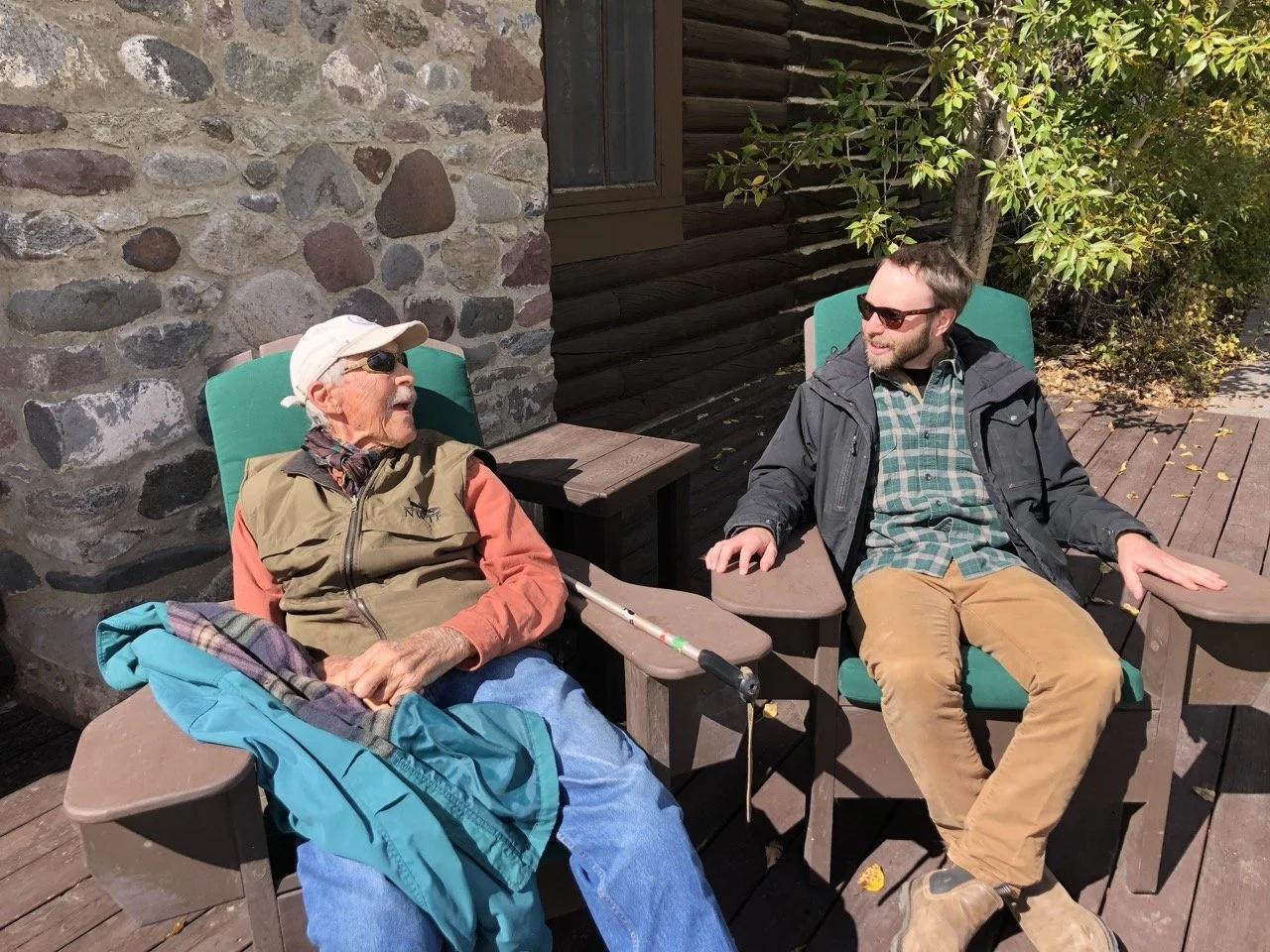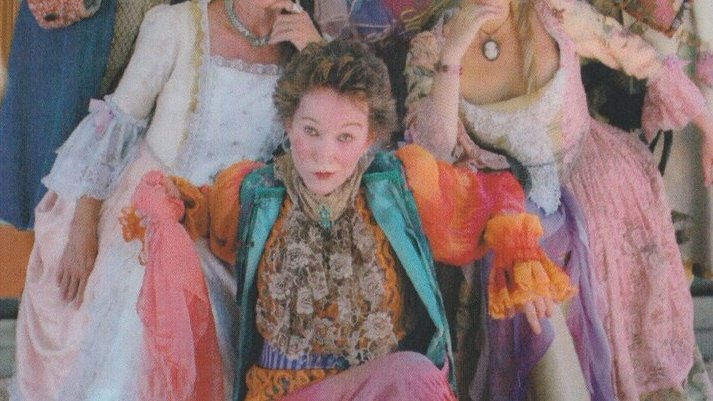Even though it’s barely 40 degrees, Desire wears a thin gray sweatshirt over a yellow t-shirt, with black biking pants and green Converse, her hair exploding behind a small black headband.
It’s the last Sunday of the Uptown Good Food Market’s second season. For many vendors, it’s a family affair. The Martinez family farm, House of Greens, has three generations of farmers harvesting, washing, and organizing before each market.
Desire has a familial attitude herself, greeting patrons by name as they walk – or bike – by. She checks up on people. “How’s your leg?” She asks a produce vendor, who has a slight limp from a recent injury. One marketgoer, who picks up a red jar with a pickled egg inside, asks for his favorite Sauerkraut. “Our vendor ran out,” exclaims Desire. “But I’ll see if I can get more next year.”
She stands under a pop-up tent in front of a pink banner featuring a giant broccoli, Christmas tunes playing in the background. On a folding table in front of her, she has a gray and yellow iPad for each of two different payment systems, and a stack of SNAP bucks for patrons who use Supplemental Nutrition Assistance Program benefits. She’s almost always smiling,
For Desire (pronounced Deh-zi-ray), this is the second year organizing this Bronx farmers market, an initiative that emerged from lessons learned on her bike: that fresh healthy food tastes better and can make the difference between 20 and 40 successful miles.
“I wanted people to know what real food looks like,” says Desire, inspired by experiences abroad that showed her the possible abundance of fresh fruits and vegetables.
What began as a farm stand has since grown into a market with a half-dozen vendors, plus two produce subscriptions called Community Supported Agriculture, or CSAs. Desire has also organized a farmers’ market in Harlem that’s even bigger. Both help farmers sell their produce at better prices, and community members access much needed greens.
She’s a front-end web developer by trade, so organizing farmers markets wasn’t part of a grand plan. Nor was biking solo across a dozen countries. But Desire doesn’t tend to think that far ahead. As she once said in a Zoom seminar, “My model is: plan nothing, expect everything.”
The winding path towards food advocacy started almost 15 years ago when Desire branched out from her traditional travel destinations.
Having been raised in Harlem in a Haitian household, her early travels were to visit family outside Port-au-Prince. Her adult vacations remained Caribbean-based, focusing first on resorts and cruises until she found an alternative. “I think I’m a hostel girl,” she decided.
When a coworker mentioned the many opportunities for two-wheeled adventures in Europe, she learned to bike, with friends holding her saddle as she wobbled back and forth.
On that first day she rode across the Brooklyn Bridge. Since then, she’s taken months-long global tours over hundreds of miles. Desire has ridden everywhere from South Africa to Brazil, Mauritius to the Galapagos, biking 60 miles a day, all her belongings in two panniers mounted on her bike.
To scroll through Desire’s Flickr is to tour the world – poetry clipped to a clothesline before a Peruvian church. Cuban commuters in a horse-drawn carriage, a woman serving french fries and salad at a dining room table in Brazil.
In recent years, though, the scenes are increasingly local: Judi’s folding bike posed in front of the Harlem 125th street subway sign, kids with painted faces, a row of bulbous apples at the Bronx Farmers Market.
2017 was the first year Desire stopped touring extensively. Her mother Ann Marie, diagnosed with Alzheimer’s five years earlier, needed more care. “Promise me,” her mother had told her, “When it gets bad, you have to take care of me.” So, she did.
For three years, Desire reshuffled work commitments around her mother’s care.
“Number one, I’m Haitian,” Desire explained. “‘Nursing home’ is not even translated in French or Creole. The word literally is not in the vocabulary.”
Doctors insisted Ann Marie eat healthily, which Desire found increasingly difficult. Uptown residents had few healthy options and during the pandemic, what was available became more expensive.
Desire’s mother died in 2021, in her arms. “That’s how it was supposed to be. Being loved and knowing she wasn’t alone,” said Desire.
The lessons of that time stayed with her, including the challenges of finding fresh food in her community. She decided to change that.
“If you want change, you have to build, you have to make the change,” says Desire. Reflecting on her community efforts, “I call it kind of like my silent protest,” she says.
With that, Uptown Good Food was born, bringing local farmers and merchants to communities in Harlem and the Bronx.
After one year, she’s eager to ensure the communities know what is available to them. “I’m gonna market the hell out of it. I gotta get the whole community out,” she said enthusiastically a few days before the year’s last market.
On the eastern side of St. Nicholas Park in Harlem the next evening, Desire appears as a silhouette with a frizzy ponytail stapling a flier onto a tree. “End of season market” it says at the top. Desire leans almost horizontally over her bike holding a kids-size stapler to reach the trunk under the streetlights.
“That staple gun could be coming in handy right now,” she says as the flier falls off the tree, staples bent against the bark.
Still, Desire’s marketing worked.











